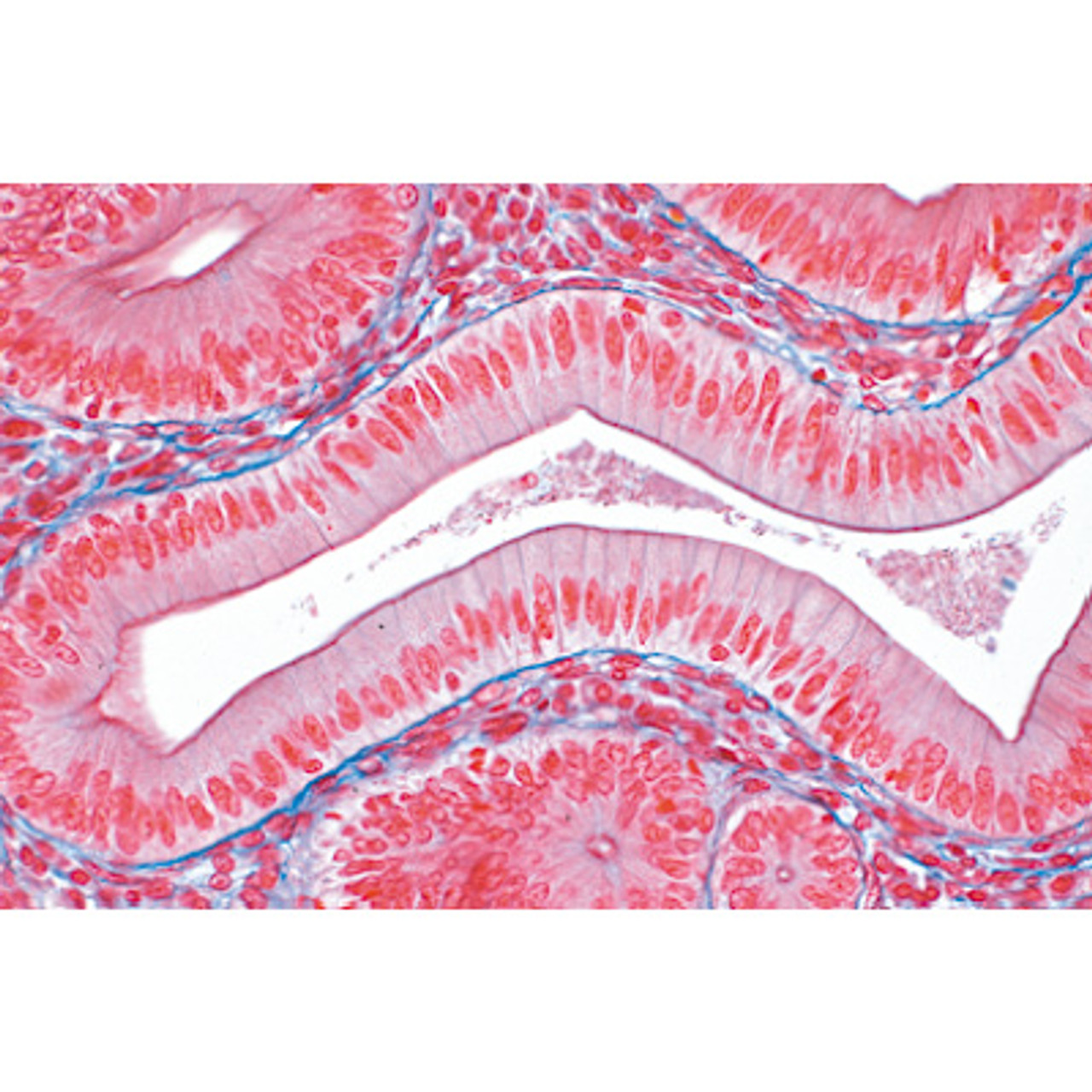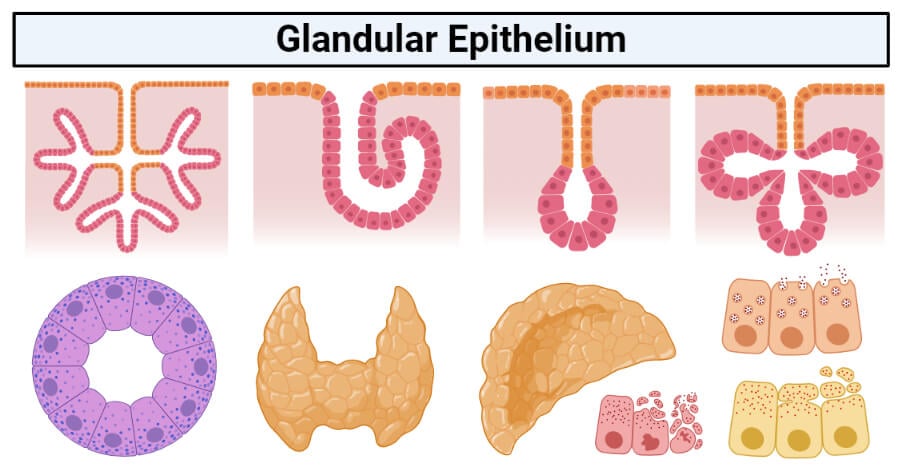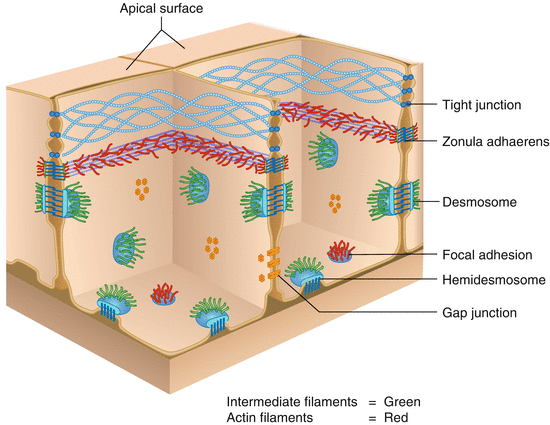Epithelia and Connective Tissue
Epithelia and Connective Tissue

Introduction
Histology is the study of the microscopic structure of tissues. This field is paramount in understanding how tissues function both in health and disease. The two fundamental tissue types focused on in this lesson are epithelia and connective tissues.
Learning Objectives
- Identify histological characteristics of different types of lining and glandular epithelia and their clinical relevance.
- Describe epithelial cell specializations including apical (free surface), lateral, and basal types, and their clinical significance.
- Identify various types of adult connective tissues, their components, and locations with a focus on fibers and ground substance.
- Differentiate between resident and migratory cells in connective tissue, highlighting their roles and clinical relevance.
- Describe connective tissue pathologies including Marfan syndrome, mucopolysaccharidoses, and Ehlers-Danlos syndrome.
Histological Basics

Epithelial Tissue
Epithelia consist of connected cells that rest on a basement membrane (BM). They are avascular and classified based on cell layers and shapes. - Simple Epithelium: All cells contact the BM. - Stratified Epithelium: Only the basal cells contact the BM.

Major Types of Epithelia
- Lining Epithelia: Functions include protection, secretion, absorption, excretion, sensation, and propulsion.
- Glandular Epithelia: Composed of exocrine glands that secrete onto surfaces or into lumens. They can be single cells (e.g., goblet cells) or multicellular glands classified as either simple or compound.

Epithelial Cell Shapes
- Squamous: Flat, scale-like cells.
- Cuboidal: Cube-like cells.
- Columnar: Column-like cells.
Glandular Epithelia
Exocrine glands have ducts and secretory units and can be simple or compound. They secrete their products via three mechanisms: 1. Merocrine: Exocytosis of secretory vesicles (e.g., salivary glands). 2. Apocrine: Decapitation of the cell apex (e.g., mammary glands). 3. Holocrine: Entire cell disintegrates (e.g., sebaceous glands).

Epithelial Specializations
Apical Specializations
- Stereocilia: Long, absorptive microvilli found in the epididymis.
- Cilia: Beat to move substances across the epithelial surface (e.g., respiratory tract).
- Microvilli[/strong>: Increase surface area for absorption (e.g., in the gut).

Lateral and Basal Specializations
- Tight Junctions (Zonula Occludens): Seal cells together.
- Adherens Junctions (Zonula Adherens): Attach actin filaments between adjacent cells.